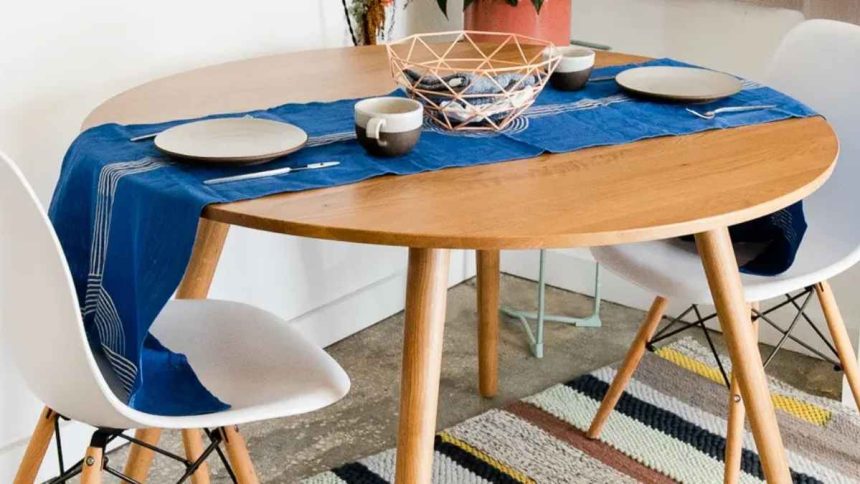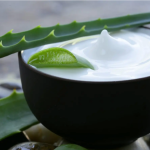More than just our taste buds are now satisfied when we eat. It has evolved into a sensory experience with aesthetics, atmosphere, and feelings. The color scheme used for the dinner booth is essential in producing a memorable dining experience. How colors interact with one another affects how we feel, what we want to eat, and how we see the dining room as a whole. The psychological impacts of colors and how they may be harmoniously mixed to improve the eating experience are explored in this article as we dig into the subtleties of choosing the appropriate color theme for a dinner booth.
PSYCHOLOGY OF COLOUR IN DINING
More than merely visual cues, colors can trigger emotions and have a behavioral impact. Designing a dining booth requires a thorough understanding of color psychology.
· RED
The color red is linked to passion, vigor, and excitement. It may be an accent color to evoke indulgence and boost hunger. Red used excessively, however, may cause agitation and discomfort.
· BLUE
Blue has a reputation for being relaxing. It could be a wise decision to encourage dialogue and relaxation. However, too much blue may produce a chilly and unpleasant environment.
· GREEN
Green is frequently associated with nature and youth. It may be calming and encourage a sense of wholesomeness in the dish. To keep things balanced, green goes nicely with other colors.
· YELLOW
The colors yellow and optimism are related. It may provide a friendly and upbeat atmosphere. Be careful when choosing yellow since extremely vivid yellows might be overwhelming.
NEUTRAL TONES
Neutral colors like beige, grey, and white are versatile and act as a background against which other colors can stand out. They may provide a spick-and-span environment that keeps the emphasis on the cuisine.
HARMONIZING COLOURS FOR A COHERENT EXPERIENCE
Finding the ideal balance and interaction between colors is essential to producing a pleasing color scheme. The following strategies can help you have a cohesive experience:
· MULTI-HUED SCHEME
A multi-hued scheme makes use of many hues of a single color. As a result, there is a feeling of elegance and cohesiveness. For instance, different colors of blue might conjure up images of the tranquil ocean.
· COMPLEMENTARY COLOURS
On the colors wheel, complementary colors are those directly opposite, such as blue and orange or red and green. These mixtures produce a vivid and eye-catching contrast when applied in moderation.
· SIMILAR COLORS
Similar colors are those close to each other on the colors wheel, such as blue and purple or green and yellow. These arrangements create harmony and are pleasing to the sight.
· TRIADIC COLOUR
Colors that form a triangle on the colors wheel are known as triadic colors. For instance, when utilized carefully, red, blue, and yellow may provide a lively and harmonious palette.
· DOMINANT COLOUR
Select a dominating color as the basis and add accent colors to draw attention to particular features. For instance, adding flashes of solid colors like red to a neutral background might provide visual appeal.
PERSONALIZING THE EXPERIENCE
When selecting a color scheme, consider the sort of food served and the mood you want. Colors may heighten the cultural and emotional links that different foods inspire.
· ITALIAN CUISINE
Warm yellows and earthy tones like terracotta may capture the rustic charm of Italian cuisine. Green accents make you think of the Mediterranean region.
· ASIAN CUISINE
Asian food may be complemented with rich reds and deep greens to add to its elegance. Wooden pieces give warmth, while gold accents may add a hint of elegance.
· RESTAURANT SERVING SEAFOOD
Cool blues and whites can evoke the ocean, resulting in a clean and restful atmosphere. Colors that are coral or coral-inspired can provide vitality.
· FINE DINING
Neutral colors and metallic accents may create a classy and sophisticated setting while keeping the attention on the delectable presentation.
Lynn Martelli is an editor at Readability. She received her MFA in Creative Writing from Antioch University and has worked as an editor for over 10 years. Lynn has edited a wide variety of books, including fiction, non-fiction, memoirs, and more. In her free time, Lynn enjoys reading, writing, and spending time with her family and friends.















